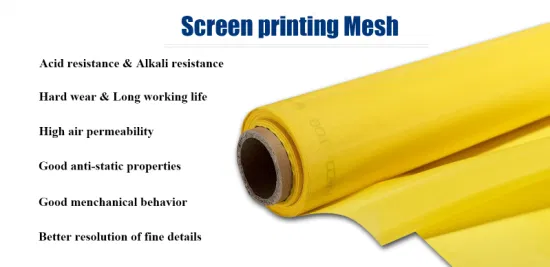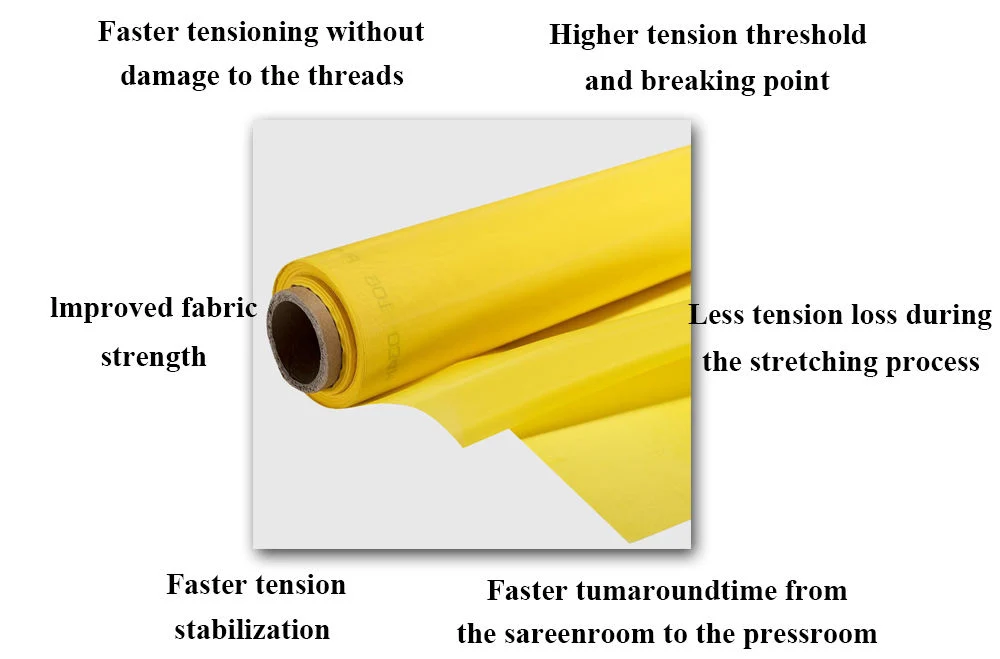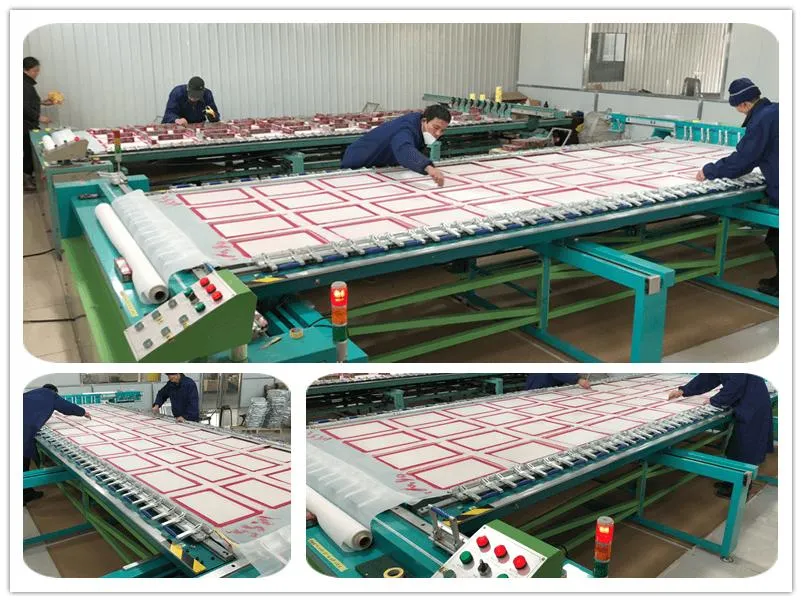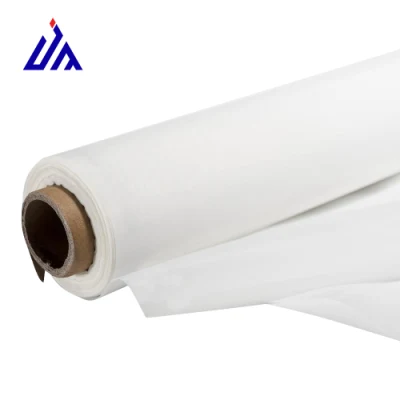
32t 36t 39t 43t 47t 54t 59t 64t 72t 77t 80t 90t 100t 120t Polyester Silk Screen Printing Mesh
Basic Info.
| Model NO. | JM-03 |
| Feature | High Tension, Low Elongation |
| Roll Width | 157cm, Other Widths Are Available |
| Product Name | Screen Printing Mesh / Polyester Screen Mesh |
| Mesh Count/Inch | 110 Mesh/Inch |
| Mesh Count/Cm | 43t/Cm |
| Transport Package | Standard Export Carton Box |
| Specification | 6t-180t |
| Trademark | JM |
| Origin | China |
| Production Capacity | 2000 Rolls Per Week |
Product Description
Product Description
Screen Printing Mesh is one of best materials for screen printing, drying and filtration in the world.100% monofilament polyester screen printing mesh 43T has high tension and low elongation, with excellent tear resistance and dimensional stability, its mesh count screen are allows for a heavy ink deposit, it's often used for textiles, graphics, PCB, etc printing.
Our Advantages



| Model | JM-03 |
| Material | 100% polyester |
| Woven type | plain woven |
| Mesh count | 30-500 mesh/inch(13 T~165 T ) |
| Wire diameter | 27-200 μm |
| Aperture | 23-680 μm |
| Width | 1.27 m, 1.65 m, 1.83 m, 2.30 m, 3.30 m, 3.60 m, etc |
| Color | white, yellow, etc. |
| Standard length | 50 m/roll |
Choose the Right Mesh Count
60 Mesh - A Course mesh count for use with Glitter Inks. 86/90 Mesh - Recommended for printing opaque white/light colors onto dark fabric to allow maximum opacity. 110 Mesh - Recommended for general textile work, printing light on dark, dark on light. 125/160 Mesh - Recommended for general textile work but with some finer detail/line work. 180/200 Mesh - Textiles; smooth and light fabric, Half-Tone, General. 230/250 Mesh - Textiles; extremely light material, Graphics, General. 305/355 Mesh - Process work
White or Yellow mesh?
White mesh is the more economical of the two, and is primarily seen in lower mesh counts used for less-detailed designs.Higher count mesh is usually dyed yellow because the color yellow acts as a canceling factor for UV light and prevents refraction along the mesh strands when burning your screens. This allows for a more focused and precise exposure, keeping your screens as crisp as possible.





